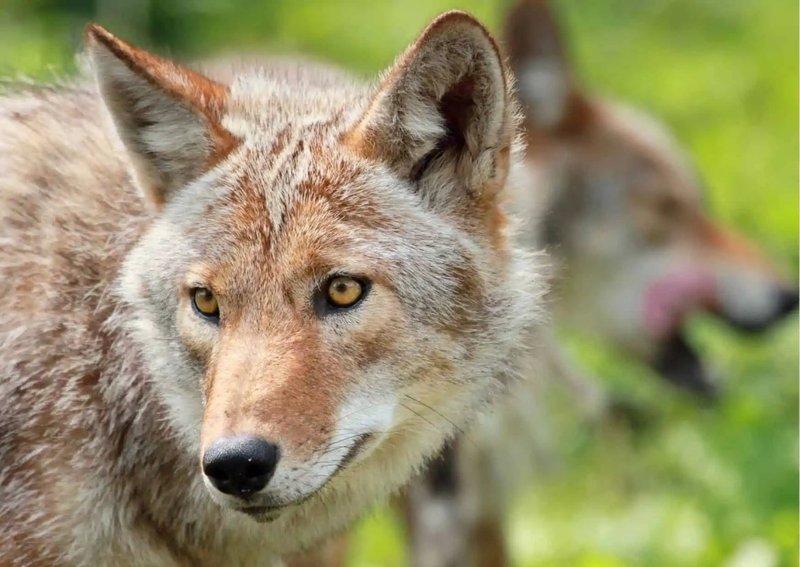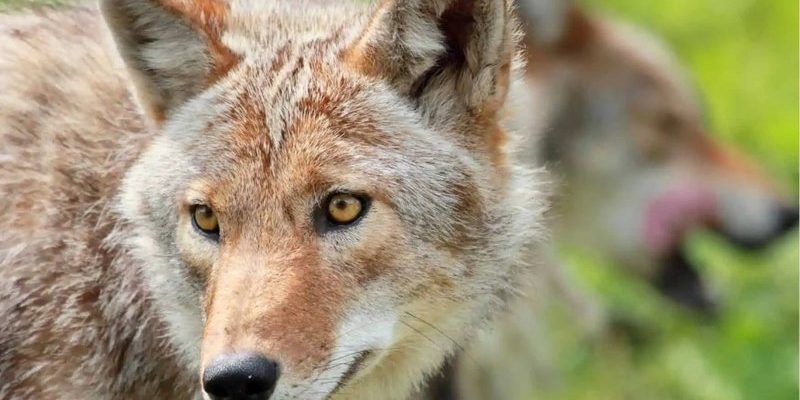
Coyotes are often viewed as the crafty tricksters of the animal kingdom, but there’s more to their smarts than just that reputation. They possess remarkable cognitive abilities that allow them to thrive in a variety of environments. So, let’s dive into the fascinating world of coyote intelligence and behavior. We’ll explore how they think, learn, and navigate through life like the savvy critters they are.
The Cognitive Abilities of Coyotes
When we talk about how smart a coyote is, we’re looking at a mix of their problem-solving skills, learning abilities, and adaptation strategies. Coyotes are highly intelligent animals, often compared to canines like dogs, but with some unique traits that set them apart. They have a great ability to learn from experience, which helps them navigate their sometimes tricky environments.
For instance, let’s say a coyote learns that a certain fence keeps them from accessing food. Instead of just giving up, it might figure out how to climb on a nearby rock or find a gap. This ability to adapt and make decisions based on past encounters shows impressive cognitive flexibility. Honestly, they’re like nature’s little problem solvers, always thinking one step ahead.
Another fascinating aspect of their cognitive skills is their social intelligence. Coyotes often hunt in packs, which requires them to communicate and strategize effectively. They have a range of vocalizations to express different messages, whether it’s alerting their pack to danger or coordinating a hunt. This social behavior shows that their intelligence goes beyond just survival; it involves teamwork and collaboration too.
How Coyotes Learn and Remember
You might be wondering how coyotes actually learn. Well, like many animals, they show a strong capacity for observational learning. This means they can pick up behaviors by watching others. If a younger coyote sees its parent successfully hunting a rabbit using a specific technique, it’s likely to try that same method later.
Moreover, coyotes have excellent memories. They can remember locations of food sources, dangers, and even paths they’ve taken in the past. Imagine traveling the same route every day; you’d memorize where the potholes are, right? Coyotes do the same. They create mental maps of their territories, spotting landmarks that guide them in their search for food or safety.
Interestingly, studies suggest that coyotes can also adapt their learning based on changing circumstances. For example, if a particular food source becomes scarce, they’ll quickly shift their foraging strategies to find alternatives, showcasing not just learning, but a keen understanding of their environment.
Social Structure and Communication
Coyotes are known for their dynamic social structures. Their *pack hierarchy* can vary, and it usually consists of a dominant breeding pair and their offspring. This structure is crucial for survival, especially during hunting. The pack works together to take down larger prey or to defend their territory from intruders.
Communication is key in these social groups. Coyotes have a wide range of vocal sounds—howls, yips, and barks—that convey various messages. For instance, a howling session could mean they’re marking their territory or calling the pack together. It’s almost like their version of a group chat but for the wild! Each sound carries a specific meaning, helping them maintain social bonds and coordinate activities.
Moreover, their body language plays a major role in their interactions. A coyote might use tail position or facial expressions to communicate mood or intent, adding another layer to their already complex social interactions. It’s a combination of vocal and visual cues that make their communication quite effective.
Adaptability: The Coyote’s Secret Weapon
One of the standout traits of coyotes is their incredible adaptability. These animals can thrive in various environments, from urban areas to open plains. Here’s the thing: a creature that can adjust its behavior based on its surroundings is bound to be successful.
For example, in urban settings, coyotes might learn to scavenge for food in trash cans or adjust their hunting times to avoid human activity. They’re opportunistic feeders, meaning they’ll eat whatever is available, whether it’s small mammals, fruits, or even human leftovers. This flexibility gives them a significant edge over many other species.
Their ability to adapt doesn’t just end at food sources. Coyotes can also adjust their hunting strategies based on the prey’s behavior. They’re not just waiting around for dinner; they’re actively observing and learning how their targets behave. If one hunting method isn’t working, they’ll try something different, displaying a level of intelligence that’s impressive and quite resourceful.
So, how smart is a coyote? These clever canines exhibit a mix of problem-solving skills, social intelligence, and adaptability that showcases their remarkable cognitive abilities. Whether they’re figuring out how to navigate urban landscapes or working together in packs to hunt, coyotes prove that they’re more than just survivors; they’re intelligent thinkers and effective communicators.
Understanding their behavior and intelligence not only deepens our appreciation for them but also highlights the complexities of life in the wild. The next time you spot a coyote, remember—it’s not just a wild animal but a clever creature, constantly learning and adapting to its ever-changing environment.

